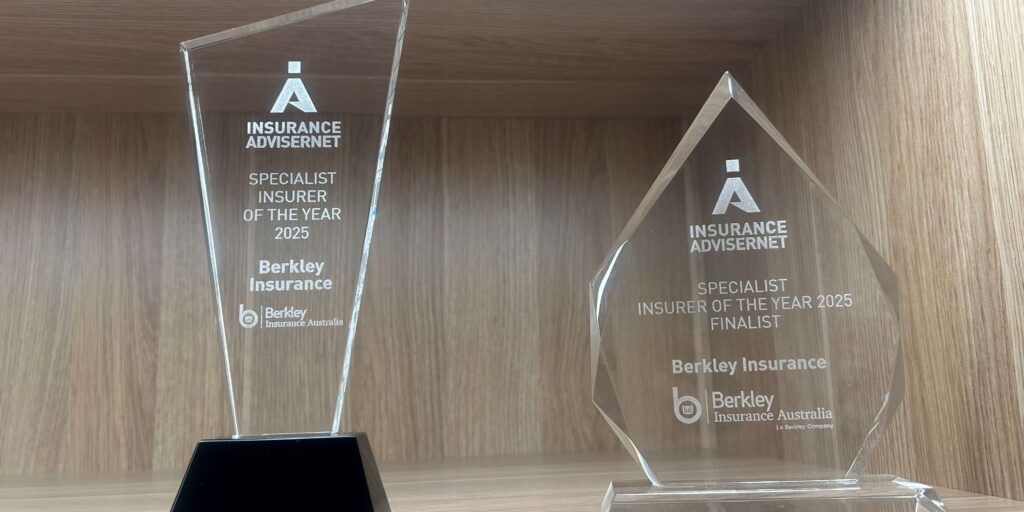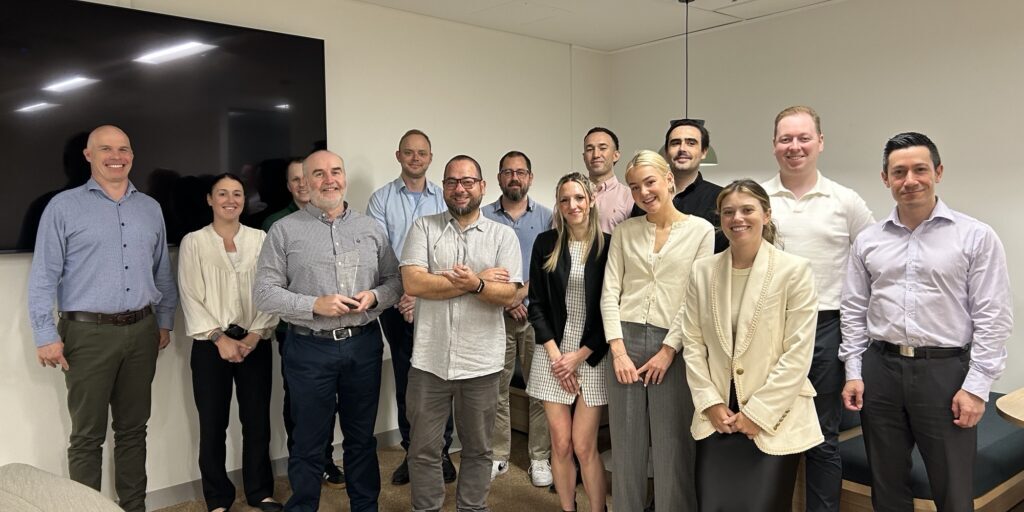
Principal Contractors Duty of Care
You have seen it before, and you will likely see it again: principal contractors having to respond to liability claims regarding their alleged duty of care for a subcontractor’s system of work. The Queensland Court of Appeal (QCA) recently considered this issue in the matter of Sawyer v Steeplechase [2025] QCA 2.
Read on for a summary of the case and questions you should be raising with your clients if they are a principal contractor.
Facts
Steeplechase Pty Ltd t/as SW Constructions (SWC) was the principal contractor for a residential project (Project). Mr Sawyer (Sawyer) was a concreter, employed by Cretek Concreting (Cretek). SWC engaged Cretek to complete some concreting works for the Project.
Sawyer’s claim involved two incidents. The first occurred in August 2016 at a job site for the Project where it is alleged that Sawyer sustained an injury while lifting and carrying sheets of reinforced steel mesh. The second occurred in July 2017 when working for Cretek at another job site not connected to the Project.
Submissions
Sawyer submitted that, in relation to the first incident, SWC owed him a duty of care to monitor and maintain workplace safety at the job site and avoid reasonably foreseeable but unnecessary risks of injury.
SWC responded by relying on the fact that Sawyer was Cretek’s employee, SWC’s relationship with Cretek was that of head contractor and principal contractor, and SWC had no control over how Cretek completed the concreting work.
Decision
At first instance the trial judge dismissed Sawyer’s claim against SWC on the basis that no duty of care was owed. Sawyer appealed this decision.
The QCA dismissed Sawyer’s appeal and considered the primary judge was correct to conclude that SWC did not owe a duty of care to Sawyer. Some of the findings supporting the QCA decision include:
- The type of concreting work for which Cretek was engaged was specialised. SWC was not licensed or skilled to perform this work, but Cretek was both licensed and skilled to do so.
- Cretek was competent to devise and control its own system of work.
- SWC engaged a competent specialist to perform a particular job. It was reasonable for SWC to do so and there was nothing about the circumstances which made it necessary for SWC to retain and exercise a supervisory power over Cretek’s system of work, or prescribe how it should go about performing the work it had been engaged to perform.
The QCA decision reaffirms that principal contractors will not generally be liable for an injury sustained by an employee of an independent contractor that occurs when the employee is performing work solely under the direction and control of the independent contractor and within the independent contractor’s area of expertise.
Questions to Ask Your Principal Contractor Clients
We have set out below some questions you should raise with your principal contractor clients. By taking steps to address these questions, your client will be better positioned to stay within its risk appetite and control its liability exposure.
Do you have a comprehensive insurance program?
We would expect a principal contractor to have, at minimum, General Liability, Professional Indemnity and Workers’ Compensation insurance. The insurance program should be reviewed before renewal if there are material changes to business activities.
Have you implemented a risk management framework?
There is no point having a good looking risk management framework (RMF) that speaks to the identification and assessment of risks, development of safe work practices and maintenance of documentation if it is not actually implemented in practice. Your client should conduct regular assurance of its RMF to ensure its design and operating effectiveness.
What training and education is being provided to employees?:
One of the most challenging tasks for principal contractors and those advising them is to understand where the line should be drawn to discharge its own duties, especially where your client may have as much expertise as the subcontractor it is appointing. Training should be continuous and ongoing – not set and forget
Are you engaging competent subcontractors?
Mature procurement frameworks can support the engagement of subcontractors who will complete works safely and to a high standard. However, keep in mind that the fact a subcontractor is experienced, well known and well regarded is no guarantee that it is operating to the same safety standard as your client. Respective safety obligations should be documented and understood before works commence.
Important Notice
Berkley Insurance Company (limited company incorporated in Delaware, USA) ABN 53 126 559 706 t/as Berkley Insurance Australia is an APRA authorised general insurer. Information provided is general only, intended for brokers and has been prepared without taking into account any person’s particular objectives, financial situation or needs. It is not intended to be comprehensive or constitute legal advice. You should always obtain legal or other professional advice appropriate to your own circumstances before acting or relying on any of the information. Insurance cover is subject to terms, conditions, limits, and exclusions. When making a decision to buy or continue to hold a product, you should review the relevant policy wording.
Share this post on
Inside Berkley Insurance Australia: An Interview with CEO Tony Wheatley
Berkley Insurance Australia Wins Specialist Insurer of the Year for Fourth Consecutive Year
Getting the Best Terms for Clients with Prior Claims


